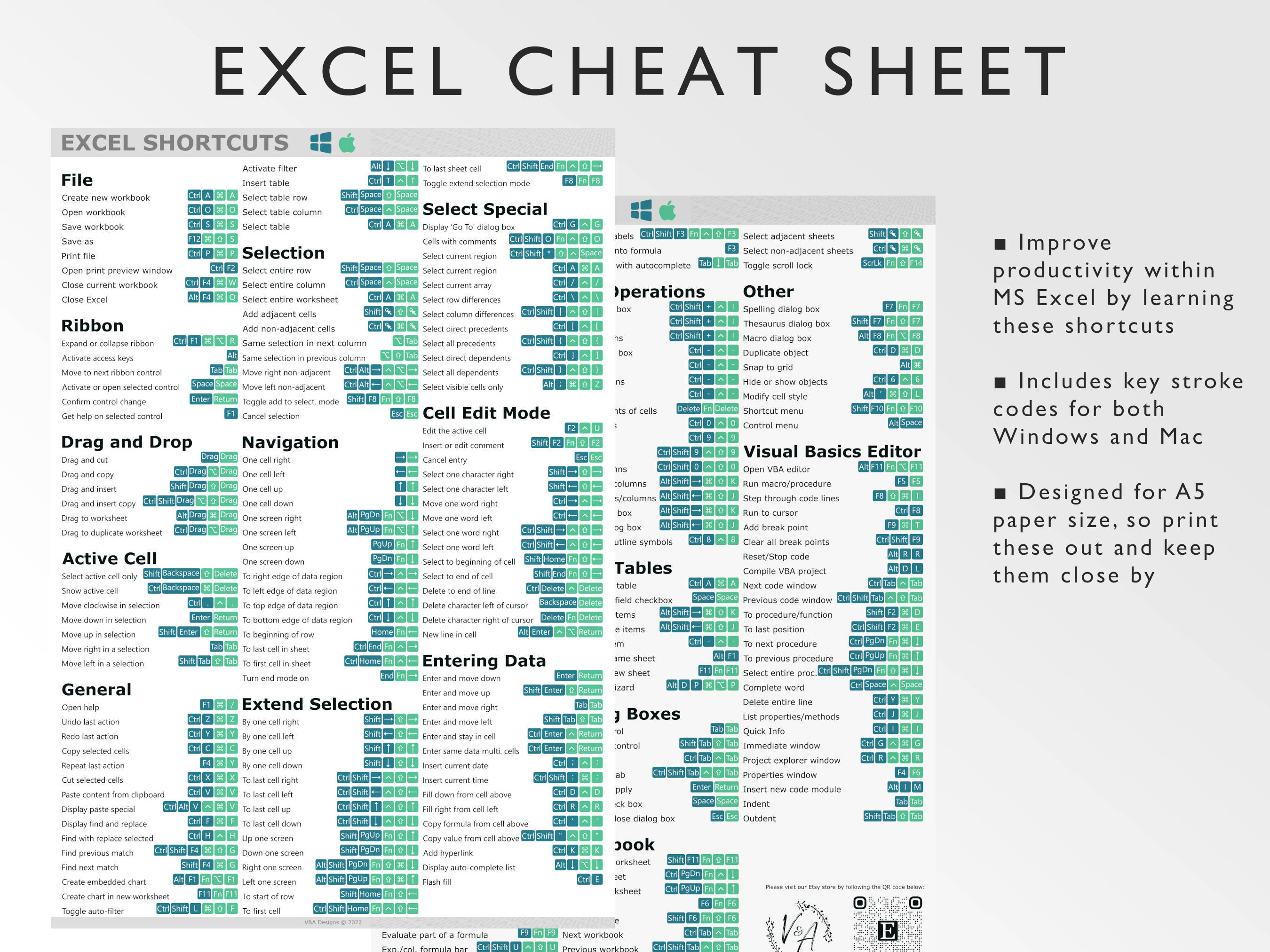Excel Sheets List: Easy Guide

In the vast universe of Microsoft Excel, one of the most intriguing aspects for both beginners and seasoned professionals alike is managing multiple sheets within a workbook. Whether you're organizing data for different departments in a company, handling various aspects of a project, or simply keeping your finances in order, understanding how to work with sheets in Excel is crucial. Here's an extensive guide on Excel sheets listing and manipulation to help streamline your workflow.
Understanding Excel Sheets

Excel workbooks are collections of sheets. These sheets can be worksheets where data is entered, calculated, or organized, or chart sheets designed for visual data representation. Sheets can also be hidden or very hidden, affecting how users interact with them.
Here are some key terms:
- Worksheet: The primary type of sheet where you can enter and calculate data.
- Chart Sheet: A sheet dedicated to displaying charts based on data from worksheets.
- Hidden Sheet: Sheets that are not visible but still accessible through VBA or unhide options.
- Very Hidden Sheet: Can only be accessed via VBA and are not shown in the Unhide dialog box.
Listing Sheets in Excel

Listing all the sheets in an Excel workbook can be done manually or through VBA for automation. Here's how:
Manual Method

- Right-click any tab in the worksheet.
- Choose "Unhide" if you want to see hidden sheets or simply scroll through to view all tabs if not many sheets are present.
VBA Method

For larger workbooks with many sheets or when you want to automate the process, VBA can be your ally. Here's a simple script to list all sheets:
Sub ListAllSheets()
Dim ws As Worksheet
Dim sheetList As String
For Each ws In ThisWorkbook.Sheets
sheetList = sheetList & ws.Name & vbCrLf
Next ws
MsgBox sheetList
End Sub
📝 Note: The above VBA code lists the names of all sheets. Adjust the script to suit your needs, like writing to a specific cell or range in the active worksheet.
Organizing Sheets

Keeping your workbook organized can significantly impact your productivity:
- Naming: Ensure sheets have clear, descriptive names.
- Color Coding: Use tab colors to distinguish between different categories of data.
- Sequence: Arrange sheets in a logical order for easy navigation.
- Grouping: Group related sheets together to manage multi-sheet operations easier.
Keyboard Shortcuts for Sheet Navigation

| Action | Windows Shortcut | Mac Shortcut |
|---|---|---|
| Next Sheet | Ctrl+Page Down | Fn+Ctrl+Tab |
| Previous Sheet | Ctrl+Page Up | Fn+Ctrl+Shift+Tab |
| Create New Sheet | Shift+F11 | Fn+Shift+F11 |

Using these shortcuts can save time when navigating through a workbook with many sheets.
Working with Multiple Sheets

Excel offers powerful tools for working across multiple sheets:
Selecting Multiple Sheets

- Click a sheet tab and hold down the Shift key to select a range of sheets.
- Or click one tab, hold Ctrl (Windows) or Command (Mac), and click other tabs to select non-contiguous sheets.
Deleting or Moving Sheets

Right-click on a selected tab or group of tabs to Delete or Move/Copy sheets. Be cautious when deleting sheets as this action cannot be undone without recent changes.
Automation and VBA

VBA (Visual Basic for Applications) allows for complex operations on sheets:
Copy or Move Sheets

Sub CopyOrMoveSheet()
Sheets("Sheet1").Copy After:=Sheets("Sheet2")
'Or to move
Sheets("Sheet1").Move After:=Sheets("Sheet3")
End Sub
Loop Through Sheets

To perform actions on each sheet:
Sub LoopThroughSheets()
Dim ws As Worksheet
For Each ws In ActiveWorkbook.Sheets
'Perform your action here, e.g., update a cell
ws.Range("A1").Value = "Updated"
Next ws
End Sub
Final Thoughts

Mastering the art of working with Excel sheets can dramatically increase your efficiency, allowing you to manage and analyze data more effectively. Whether you're organizing data, automating tasks with VBA, or simply navigating between sheets, these skills are essential in leveraging the full power of Excel.
How can I hide or unhide a sheet?

+
To hide a sheet, right-click on the tab and select “Hide”. To unhide, right-click any sheet tab, choose “Unhide”, and select the sheet from the dialog box.
What are the benefits of using VBA in Excel?

+
VBA allows automation of repetitive tasks, customizes Excel to fit specific needs, and can manipulate large datasets efficiently.
Can I recover a deleted sheet?

+
Deleted sheets cannot be directly recovered in Excel unless you have recent backups or unsaved work in another window.